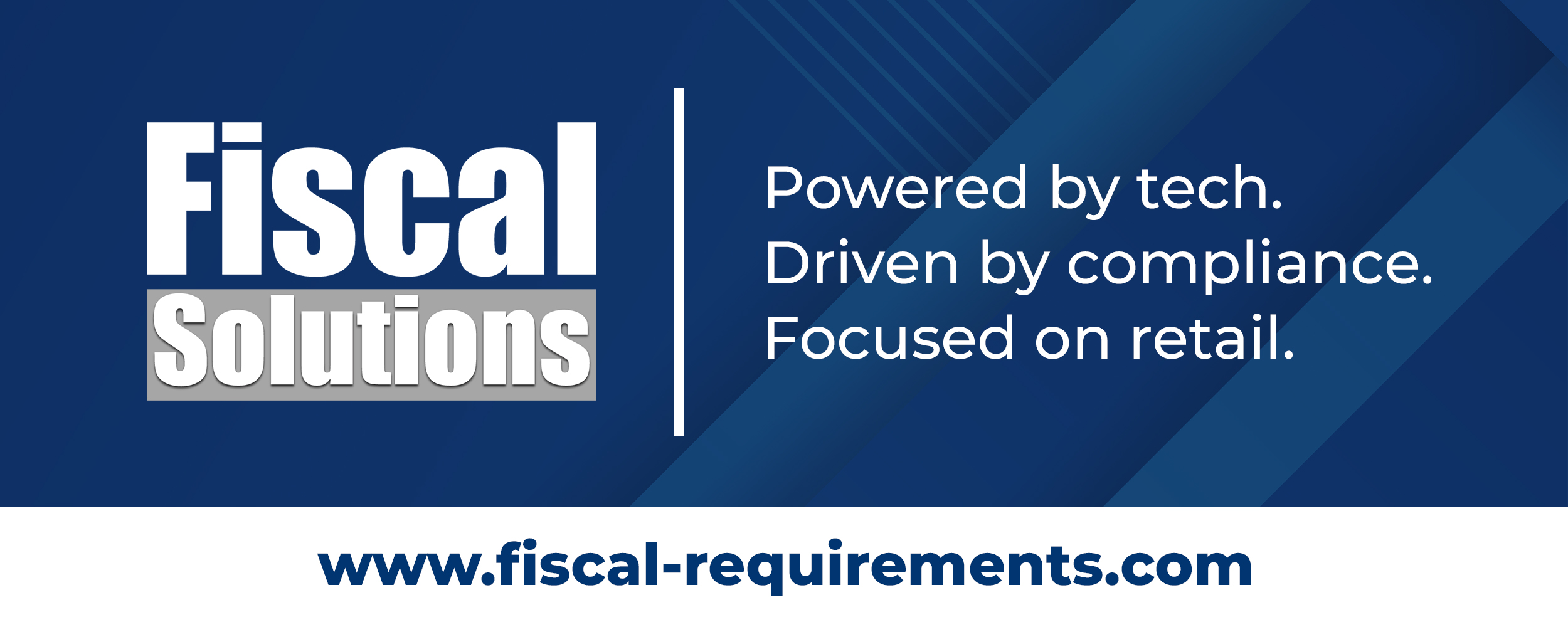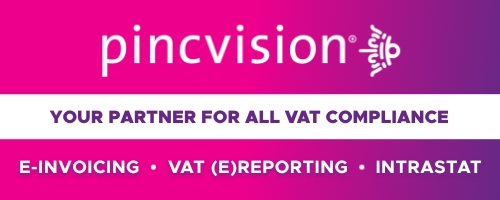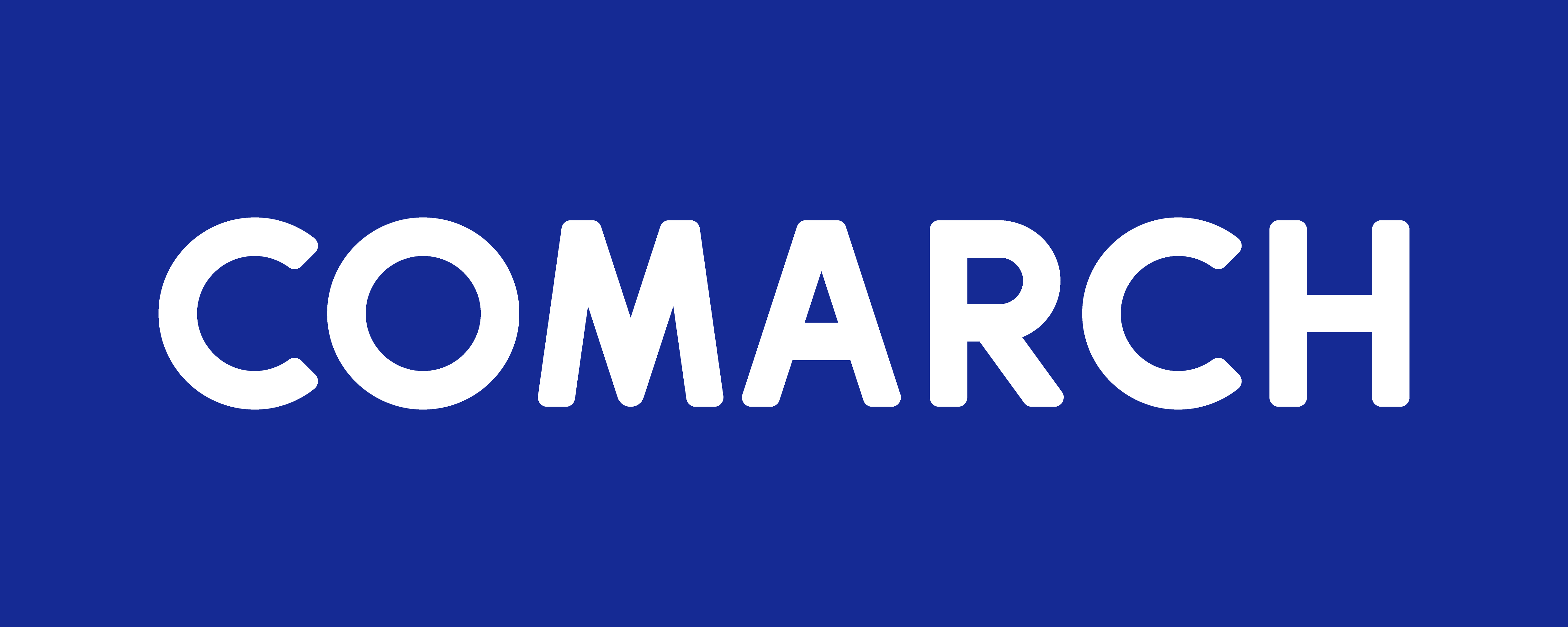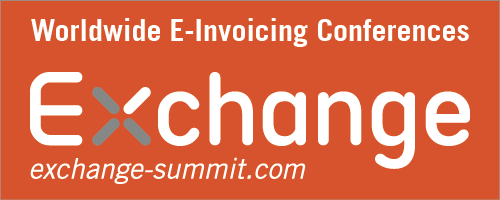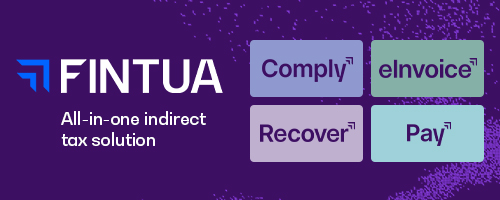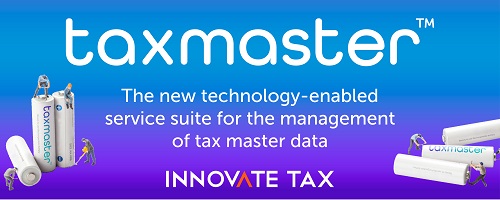- 31 states currently tax software and digital goods, with more states expanding their tax base to include additional digital goods and services.
- States vary in how they define and tax digital goods and services.
- Sales tax requires sufficient connections between the taxpayer and the jurisdiction.
- Most states require sales tax remittance when a company has physical presence or exceeds revenue/transaction thresholds.
- Many states have a 100k revenue threshold for sales tax registration.
- Non-US entities may need to register for US sales tax if economic nexus thresholds are exceeded.
- States are seeking new revenue sources due to budget challenges, including digital taxes on previously untaxed areas like digital advertising.
- The definition of internet access and digital goods is vague, allowing for administrative guidance on digital taxes.
- States taxing digital advertising face challenges with federal law, such as the Internet Tax Freedom Act.
- Maryland’s digital advertising tax has been in litigation since 2021.
- The Multistate Tax Commission is developing definitions for digital products and services to address ambiguities.
- Rhode Island’s proposed 2026 budget includes a digital ad tax on companies earning over one billion USD.
- Other states proposing digital ad taxes include New York, Tennessee, Montana, and Hawaii.
Source: taxand.com
Note that this post was (partially) written with the help of AI. It is always useful to review the original source material, and where needed to obtain (local) advice from a specialist.
Latest Posts in "United States"
- Illinois Rules Online AI Services and Cloud Tools Not Subject to State Sales Tax
- Navigating Sales Tax for Digital Goods: SaaS, Streaming, and State-by-State Compliance in 2025
- Indiana Sales Tax Applies to Non-Returnable Packaging Materials Used in Logistics Services
- Essential Information for New California Permit and License Holders on Sales and Use Tax
- Why the U.S. Should Reject a Value-Added Tax: Lessons from Europe’s Economic Decline



